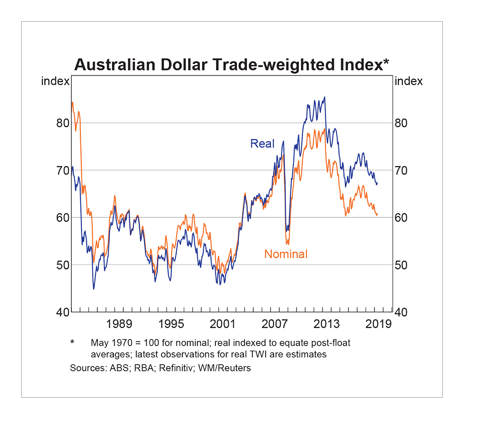By guest contributor Ken Atchison, Principal, Atchison Consultants
Among the very significant reforms of the Hawke Government was the floating of the Australian dollar in December 1983.
Prior to the float, fixed exchange rates had prevailed and, as a result, policies of those countries tended to dictate Australian economic conditions. In order to maintain demand for Australian dollars in balance with the supply of Australian dollars (to pay for imports and foreign acquisitions), the Reserve Bank of Australia (RBA) needed to adjust Australian interest rates.
Floating the exchange rate provided the RBA with the capacity to operate short term interest rates reflecting domestic conditions without being bound by the management of the price of the Aussie dollar. Subsequently, the exchange rate has moved with changes in the Australian economy and with conditions of its major trading partners.

